Description
Tungsten Carbide: A Refractory Material Beyond the Ordinary
In the world of extreme conditions, where intense heat and corrosive environments are commonplace, refractory materials play a critical role. While traditional refractories like alumina and silica are staples, some applications demand materials with exceptional properties. This is where tungsten carbide (WC) enters the picture, offering a compelling alternative with its unique combination of high melting point, hardness, and wear resistance.
What Makes Tungsten Carbide a Refractory Contender?
Tungsten carbide is a chemical compound consisting of tungsten and carbon atoms. Its defining characteristics make it a powerful contender in the refractory arena:
- Exceptional Melting Point: WC boasts a melting point of approximately 2870°C (5200°F), significantly higher than many conventional refractories. This extreme heat resistance allows it to maintain structural integrity and functionality in the most demanding high-temperature environments.
- Incredible Hardness: Second only to diamond in hardness, WC offers unparalleled resistance to abrasion, erosion, and wear. This is crucial in applications involving high-speed particles, abrasive slurries, or harsh mechanical contact at elevated temperatures.
- High Density and Strength: WC’s high density contributes to its robust nature, enabling it to withstand significant mechanical stress and pressure even at elevated temperatures.
- Chemical Inertness: Tungsten carbide exhibits excellent resistance to many corrosive chemicals, making it suitable for applications where chemical attack is a concern along with high temperature.
- Thermal Conductivity: Compared to some other refractory materials, WC has relatively good thermal conductivity. This can be advantageous in certain applications where heat transfer is required, but can also present challenges in scenarios where insulation is paramount.
Applications of Tungsten Carbide as a Refractory Material:
These unique properties make WC a valuable refractory material in a variety of demanding applications, including:
- Furnace Linings: In certain specialized furnaces operating at extremely high temperatures, WC can be used as a component in furnace linings to protect against thermal shock and erosion.
- Crucibles and Molds: WC crucibles and molds are used in high-temperature metallurgical processes, especially for melting and casting specialized alloys and precious metals. Its resistance to chemical attack ensures product purity.
- Nozzles and Spray Systems: In high-temperature spray coating and thermal spraying applications, WC nozzles are employed to deliver molten materials with precision and durability.
- Wear-Resistant Coatings: WC-based coatings are applied to surfaces exposed to extreme wear and tear in high-temperature environments, such as in aerospace components and cutting tools used at elevated temperatures.
- Rocket Engine Components: Certain components in rocket engines, particularly those exposed to extremely high temperatures and erosive exhaust gases, can benefit from the application of WC coatings or components.
Challenges and Considerations:
Despite its exceptional properties, using WC as a refractory material comes with certain challenges:
- High Cost: Tungsten itself is an expensive metal, making WC a relatively costly refractory option.
- Brittleness: While incredibly hard, WC can be brittle and susceptible to fracture under certain stresses, especially thermal shock. Therefore, careful design and processing are necessary to mitigate this risk.
- Oxidation at High Temperatures: Under certain oxidizing conditions, WC can react with oxygen at high temperatures, forming tungsten oxides and carbon dioxide. Protective atmospheres or coatings may be required to prevent this.
- Manufacturing Complexity: Processing WC into complex shapes can be challenging and expensive, often requiring specialized techniques like powder metallurgy.
The Future of Tungsten Carbide Refractories:
Ongoing research and development continue to explore novel ways to enhance the performance and applicability of WC-based refractories. This includes:
- Developing WC-based composites: Combining WC with other materials, such as ceramics and metals, can improve its toughness, oxidation resistance, and thermal shock resistance.
- Optimizing processing techniques: Research into advanced powder metallurgy techniques, such as spark plasma sintering and additive manufacturing, aims to produce WC components with improved density, microstructure, and mechanical properties.
- Exploring new applications: As industries continue to push the boundaries of high-temperature technology, the demand for WC-based refractories is expected to grow, particularly in aerospace, energy, and materials processing.
Conclusion:
Tungsten carbide stands out as a unique and powerful refractory material, offering a combination of properties that are unmatched by more conventional options. While its high cost and brittleness present challenges, its exceptional melting point, hardness, and wear resistance make it indispensable in a growing number of demanding high-temperature applications. As research continues and new processing techniques emerge, tungsten carbide is poised to play an even more significant role in the future of refractory technology.


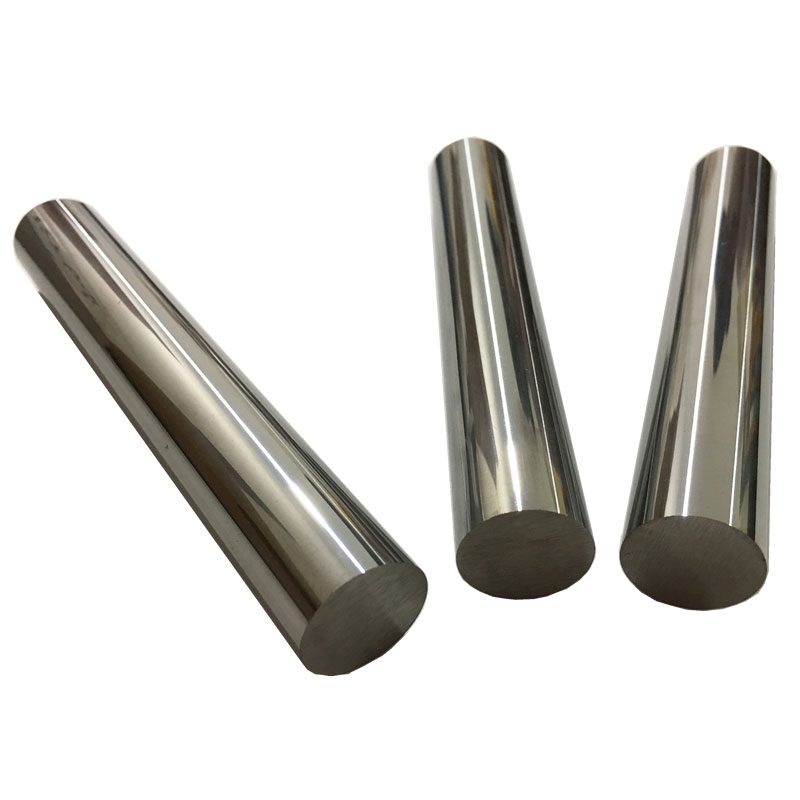
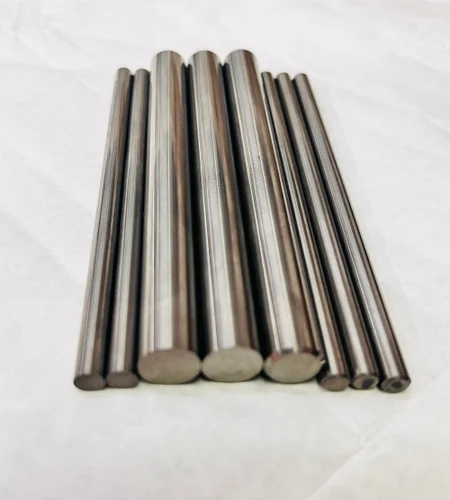
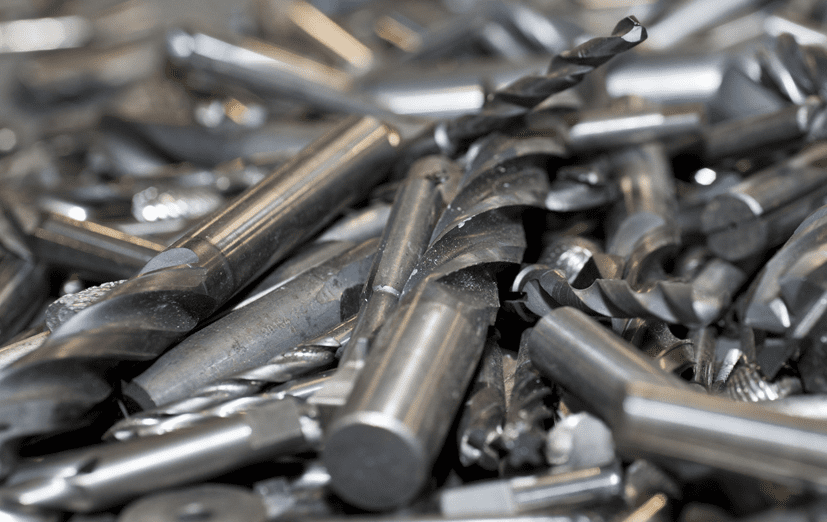
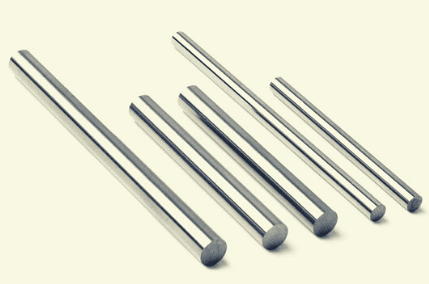

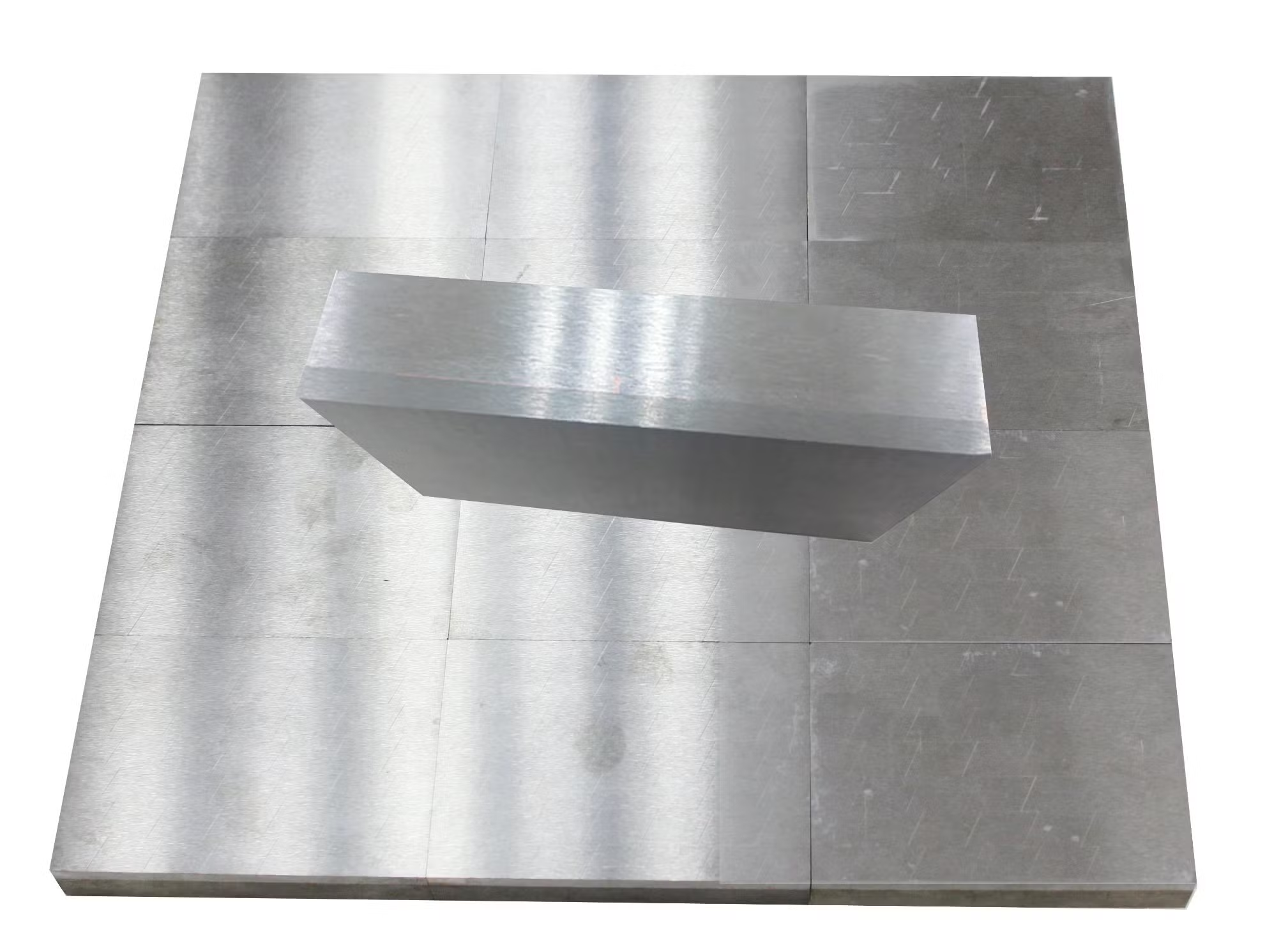
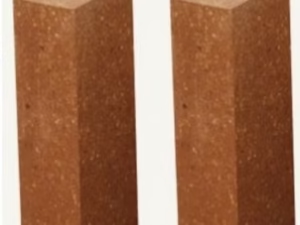

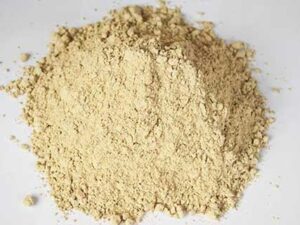
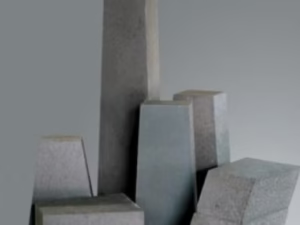
Reviews
There are no reviews yet.